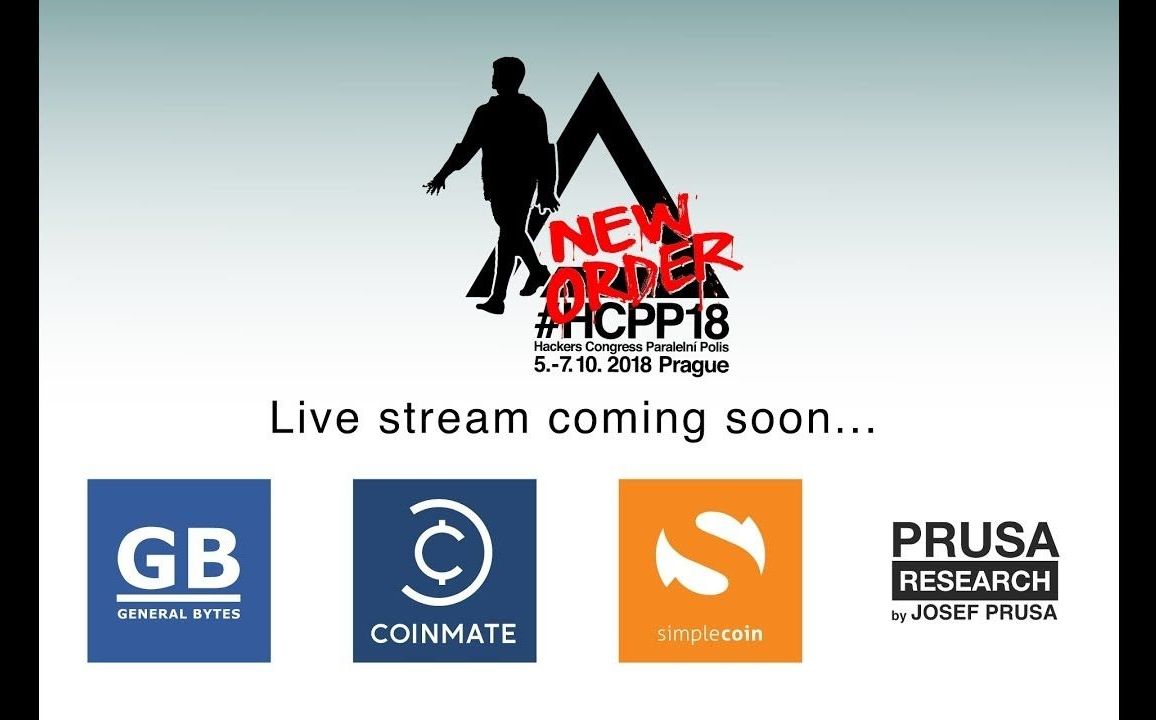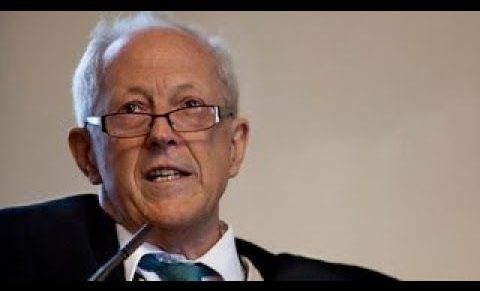While still in its infancy, there is tremendous potential for stem cell technology to improve the quality of life for many. Blockchain technology can help accelerate this process.



A comparison of surveys taken of the sky years apart has revealed an empty space where a star 280 million light years away once sat.
Coded FIRST J1419+3940, records of the object hint at what would have been a violent death. Curiously, no trace of its final explosive moments can be found – but this ghostly silence has only made astronomers all the more excited.
“We compared images from old maps of the sky and found one radio source that was no longer visible today in the Very Large Array Sky Survey (VLASS),” says astronomer Casey Law from the University of California, Berkeley.

Artificial intelligence in space exploration is gathering momentum. Over the coming years, new missions look likely to be turbo-charged by AI as we voyage to comets, moons, and planets and explore the possibilities of mining asteroids.
“AI is already a game-changer that has made scientific research and exploration much more efficient. We are not just talking about a doubling but about a multiple of ten,” Leopold Summerer, Head of the Advanced Concepts and Studies Office at ESA, said in an interview with Singularity Hub.

Decentralized last mile communication using mobile mesh networks
Globally decentralized protocols like Bittorrent, Bitcoin and Tor provide users a remarkable level of censorship resistance, privacy and communication freedom. But highly centralized local communication networks can block, throttle and log users of these protocols and work with governments and private firms to surveil and harass users. Centralized communication networks historically tend toward rent-seeking behavior, do a poor job at serving last-mile communities, and are fragile during natural and manmade disasters. This talk will review decentralized alternatives for local communication and demonstrate a new open source solution called TxTenna for sending offline Bitcoin transactions over a mobile mesh network.
Institute of Cryptoanarchy.

Under current US safety rules, a motor vehicle must have traditional controls, like a steering wheel, mirrors, and foot pedals, before it is allowed to operate on public roads. But that could all change under a new plan released on Thursday by the Department of Transportation that’s intended to open the floodgates for fully driverless cars.
The department, through the National Highway Traffic Safety Administration, “intends to reconsider the necessity and appropriateness of its current safety standards” as applied to autonomous vehicles, the 80-page document reads. In particular, regulators say they will look to change those safety standards “to accommodate automated vehicle technologies and the possibility of setting exceptions to certain standards — that are relevant only when human drivers are present.”

https://www.youtube.com/watch?v=n4YtQ-N_t84
When listening to world science festival’s latest episode on youtube, Pondering the Imponderables: The Biggest Questions of Cosmology, I found myself to be most in line with George F.R. Ellis’ line of thinking overall.
Big Bang cosmology, chemical and biological evolutionary theory, and associated sciences have been extraordinarily successful in revealing and enabling us to understand the development of the.
Cosmology is today a precision science with masses of high quality data every increasing our understanding of the physical universe, but paradoxically theoretical cosmology is simultaneously.
Professor George Ellis FRS Introduced by Prof. Alister McGrath Followed by a panel discussion with Prof. Ard Louis and Prof. Denis Noble Mathematical Institute, Oxford.

The Singularity is Near.
The first 500 people to click this link get 2 months of Skillshare for free: http://skl.sh/justwrite5
Support the channel here: https://www.patreon.com/justwrite
For fifteen years, I’ve assumed that the Matrix Sequels were irredeemable failures. But looking back on them with fresh eyes reveals a pair of films that are exhilarating, interesting, and sometimes hilarious. In this video I try to make sense of these two movies, and what they have to say about free will and the systems that control society.
Join the community!
Website ▶ https://www.justwritemedia.com
Twitter ▶ https://www.twitter.com/SageHyden
Facebook ▶ http://ow.ly/6u9Z30iyp8J
Works Cited:
DRAGUNOIU, DANA. “Neo’s Kantian Choice: ‘The Matrix Reloaded’ and the Limits of the Posthuman.” Mosaic: An Interdisciplinary Critical Journal, vol. 40, no. 4, 2007, pp. 51–67. JSTOR, JSTOR, www.jstor.org/stable/44030393. https://www.jstor.org/stable/44030393?read-now=1&loggedin=true&seq=1#metadata_info_tab_contents
For more on Immanuel Kant’s Categorical Imperative read: Groundwork of the Metaphysics of Morals.
More Matrix analysis:

We cannot escape our subjectivity when we try to solve the riddle of ourselves.

Len Blavatnik, the Ukrainian-born and Russian-raised billionaire businessman with a net worth of $17.9 billion, says he has given away $500 million to charity so far, mostly to world-renowned universities like Oxford, Harvard, Stanford and Yale. When asked why he favors donating to higher education institutions, he explains shrewdly that for him, conducting philanthropy is like running a business.
Len Blavatnik, who made his first billions in Russia, credits much of his success to his academic parents and to his education. He’s given hundreds of millions to universities mostly in America and England.

The funding, awarded by the UK Government’s Department for Business, Energy and Industrial Strategy’s Regulators’ Pioneer Fund, will be used to pioneer new ways of regulating the autonomous and smart shipping industries to help them deliver innovative new technologies to the traditional maritime sector.
The global autonomous shipping industry is predicted to grow into a $136 billion behemoth by 2030, with UK businesses already playing a key role. The funding will see the creation of the Maritime Autonomy Regulation Lab, where regulators from the MCA and DfT can work with academia and support industry to promote on-water testing and flagship projects and help the UK grow its presence in the global marketplace.